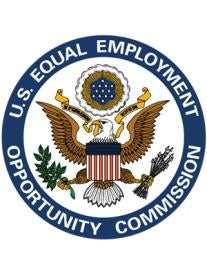The Equal Employment Opportunity Commission (EEOC) regularly releases guidance and advice to employers to aid in compliance with applicable workplace discrimination laws. For example, over the course of the COVID-19 pandemic, the EEOC has frequently issued and updated guidance on how employers can strike the difficult balance between workplace safety and compliance with the Americans with Disabilities Act.
While this guidance from the EEOC can be a useful tool for employers, the EEOC has been often critiqued for improperly legislating through the issuance of its guidance without public comment, as well as for treating the guidance as binding and controlling on employers. The EEOC’s guidance procedures have also been subject to legal challenge. Most notably, the Fifth Circuit Court of Appeals recently sided with the State of Texas in its lawsuit challenging the EEOC’s guidance on employer’s use of criminal background checks, holding the EEOC exceeded its authority by issuing the guidance because it amounted to a substantive rule.
In a final rule released last week, the EEOC announced changes to the way the agency will issue, amend, and seek input on guidance to employers in the future. This final rule was in direct response to an Executive Order signed by President Trump which ordered federal agencies to enact processes and procedures for the public to comment on the guidance they issue, as well as ensure the public is aware the advice issued by agencies is non-binding.
Under the new final rule, any newly-released EEOC guidance will make clear the guidance is non-binding on employers. Any new guidance will be accompanied by the following disclaimers: the guidance will “not have the force and effect of law,” the guidance is “not meant to bind the public,” and the guidance is “only to provide clarity to the public regarding existing requirements under the law or commission policies.”
Additionally, the final rule also provides that “[e]ach proposed significant guidance document shall have a period of notice and public comment of at least 30 days.” The final rule also sets forth a procedure by which the public can petition the EEOC for the issuance, amendment, or repeal of a guidance.
This change in how the EEOC will treat and implement its guidance will be welcomed news to employers. Employers now have the opportunity to provide their input before the EEOC releases important guidance that may affect employers’ relationships with their employees. Moreover, employers now have a means to seek amendment or repeal of guidance with which they disagree.





 i
i


